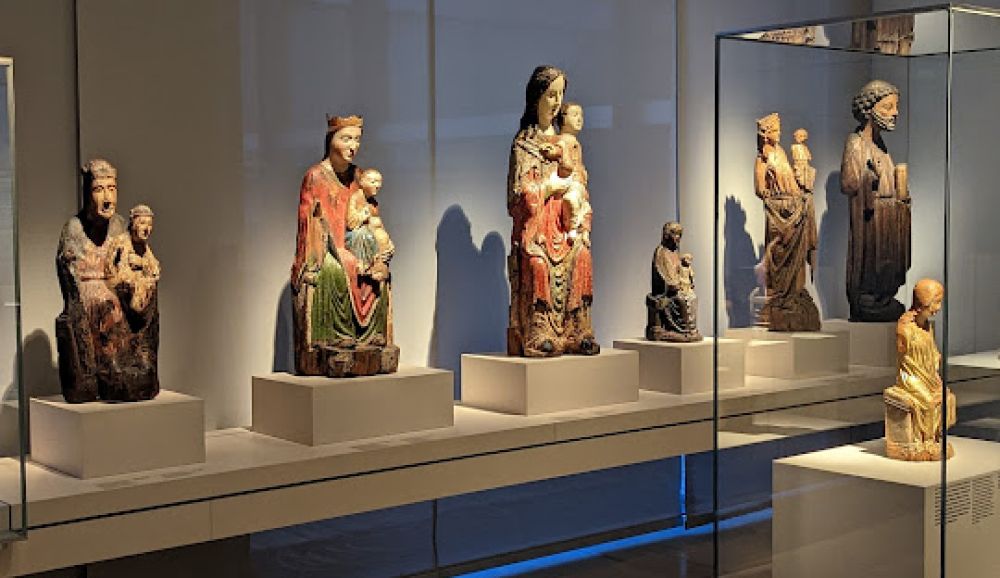The Germanisches Nationalmuseum in Nuremberg, Germany, is the largest museum of cultural history in the German-speaking region. Founded in 1852 by the Franconian nobleman Hans von und zu Aufseß, the museum is dedicated to collecting, preserving, and displaying artifacts from the Germanic and related cultures. From prehistoric times to the present day, the collection spans a vast historical range showcasing art, crafts, science, and everyday life. With more than 1.3 million objects, visitors can explore various exhibitions, including paintings, sculptures, musical instruments, toys, and an extensive collection of armory and medieval items. The museum's library and archive also provide a rich resource for researchers. The architecture is a blend of historical and modern elements, creating an intriguing space for the display of artifacts. Its location in Nuremberg, a city with a profound historical significance, particularly from the Middle Ages and during the Nazi period, adds to the museum's pertinence in exploring Germanic culture and history.

